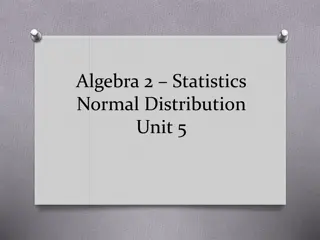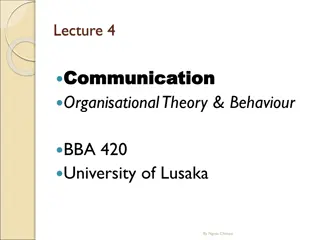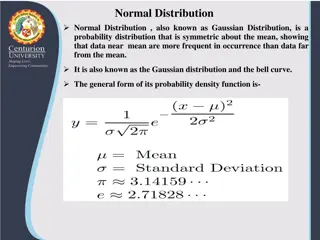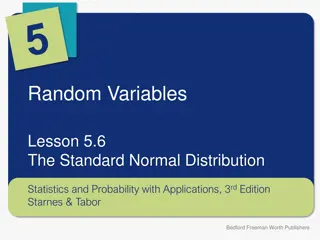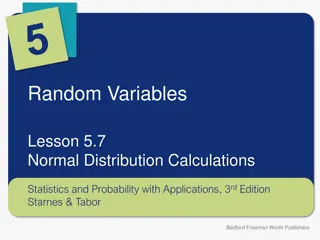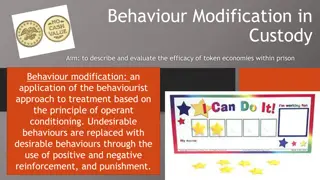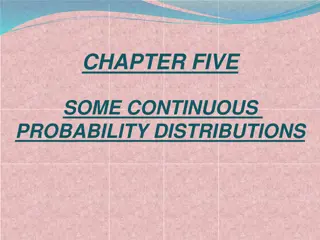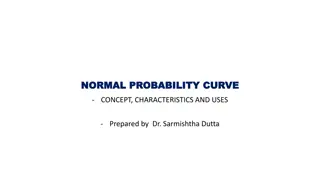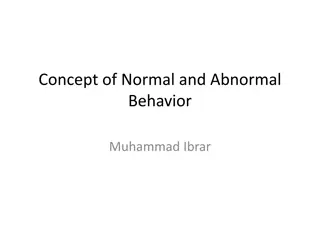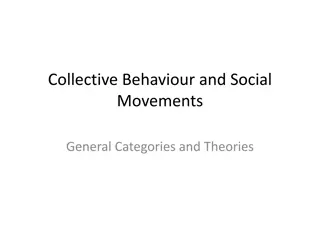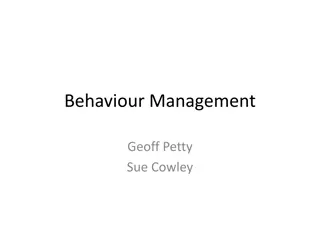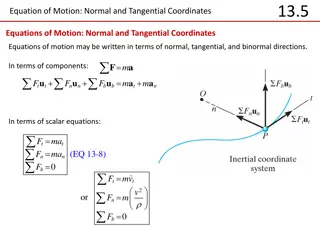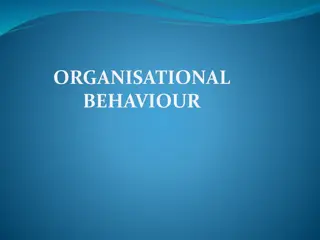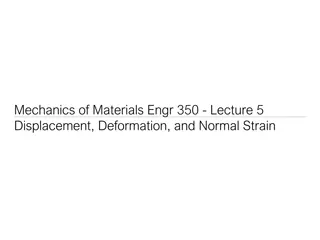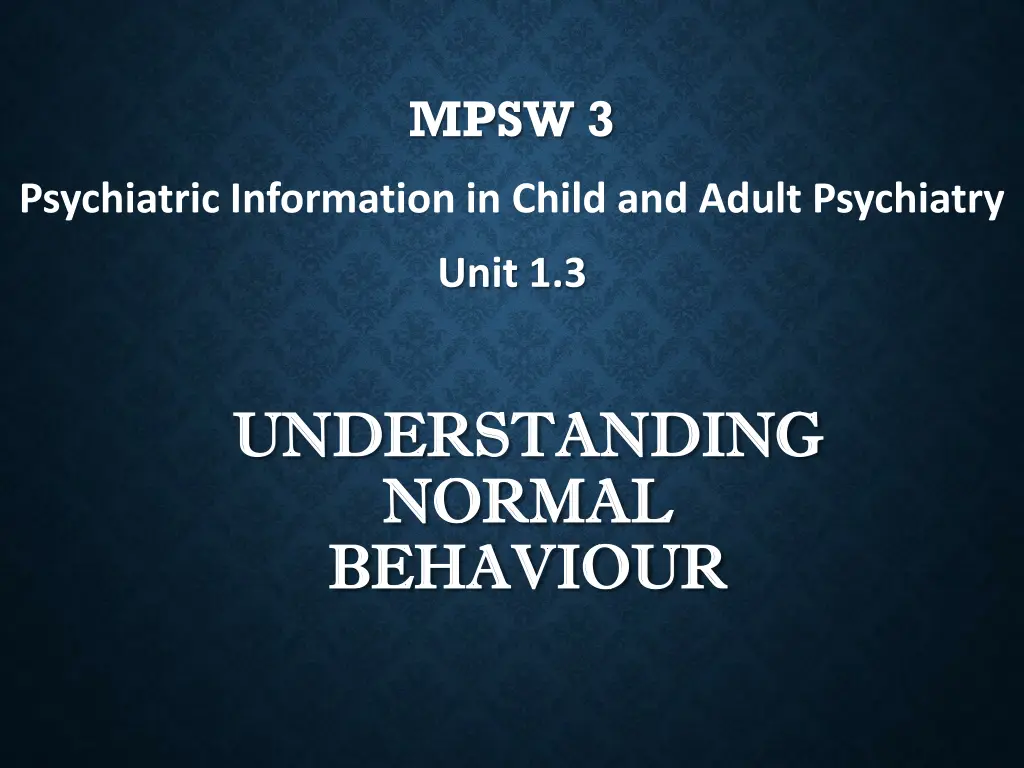
Understanding Normal vs Abnormal Behavior in Psychiatry
Explore the distinctions between normal and abnormal behavior in psychiatry. Learn about the characteristics of each, including perception, adaptation, control, and distress. Understand the 4 Ds of abnormality: Dysfunction, Distress, Deviance, and Dangerousness. Gain insights into identifying dysfunctional behaviors and feelings that impact daily functioning and relationships.
Download Presentation

Please find below an Image/Link to download the presentation.
The content on the website is provided AS IS for your information and personal use only. It may not be sold, licensed, or shared on other websites without obtaining consent from the author. If you encounter any issues during the download, it is possible that the publisher has removed the file from their server.
You are allowed to download the files provided on this website for personal or commercial use, subject to the condition that they are used lawfully. All files are the property of their respective owners.
The content on the website is provided AS IS for your information and personal use only. It may not be sold, licensed, or shared on other websites without obtaining consent from the author.
E N D
Presentation Transcript
MPSW 3 Psychiatric Information in Child and Adult Psychiatry Unit 1.3 UNDERSTANDING UNDERSTANDING NORMAL NORMAL BEHAVIOUR BEHAVIOUR
Word NORMAL is derived from the Latin word normo which means rule Behaviour is the manner in which a person behaves whether they can conform to the standard or not Therefore normal behaviour means that which follows the rules or pattern of standard as set by the society
When an individual is able to function adequately, perform daily living activities efficiently and feel satisfied with his/her lifestyle, is said to have normal behaviour Normal is seen as a good thing, something that is natural, regular or routine
Abnormal is any kind of activity that a person sees as bad behaviour or something that is not common it can range from a birth defect to a mental illness
Characteristics of Normal Behaviour perception of reality positive attitude towards one s own self, accepting weaknesses and taking pride in strength Adequate in work, play and leisure
Characteristics of Normal Behaviour Willing to use problem solving approach in life process Capacity to adapt oneself in current situation Voluntary control of behaviour Capacity for handling the anxiety and stress
CHARACTERISTICS OF ABNORMAL BEHAVIOUR The 4 D s of abnormality Dysfunction Distress Deviance Dangerousness
Dysfunctional Behaviours and feelings are dysfunctional when they interfere with person s ability to function in daily life, to hold a job, or form relationships. Distress Behaviours and feelings that cause distress to the individual or to others around him or her are considered abnormal
Deviant Highly deviant behaviours like chronic lying or stealing, Dangerous Behaviours and feelings that are potentially harmful to an individual or the individual s around them are seen as abnormal
MODELS OF ABNORMAL BEHAVIOUR Biological Psychoanalytical Behavioural Cognitive
Biological Model is based on the assumptions that if the brain, neuro-anatomy and related biochemicals are all physical entities and work together to mediate psychological process, treating any mental abnormality must be physical/biological
Behavioural Model This model of abnormality assumes that all maladaptive behaviour is essentially acquired through one s environment Behaviour is a learnt phenomenon
Psychoanalytical Model based on the work of Sigmund Freud. based on the principles that psychological illnesses come about from repressed emotions and thoughts from experiences in the past, especially the childhood
Cognitive Model This model of abnormality focuses on the cognitive distortions or the dysfunctions in the thought processes and the cognitive deficiencies, particularly the absence of sufficient thinking and planning You are what you think about you

